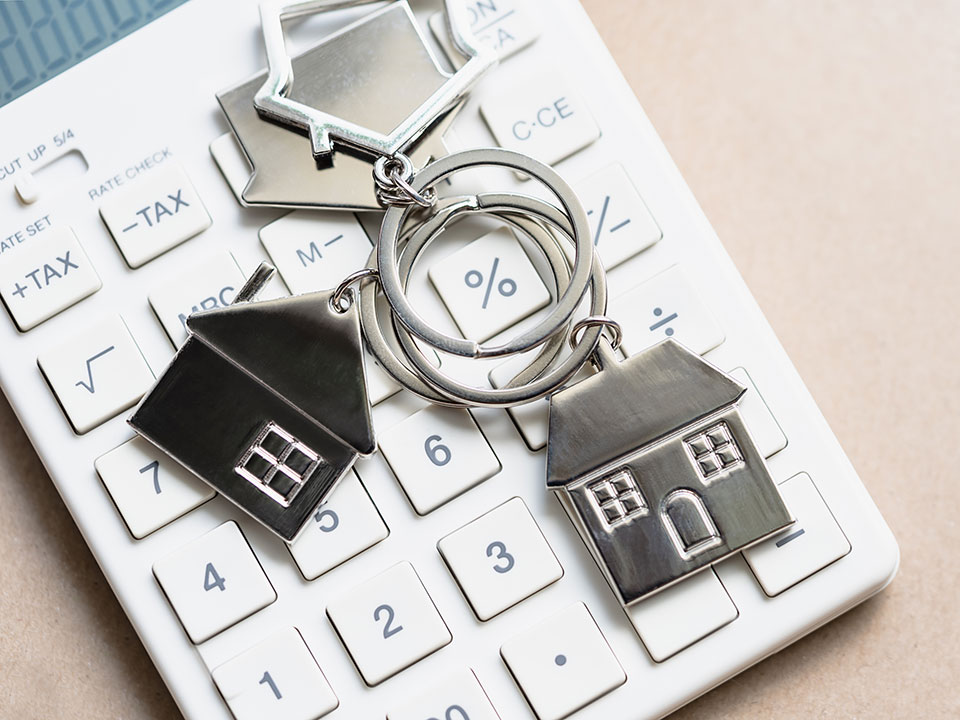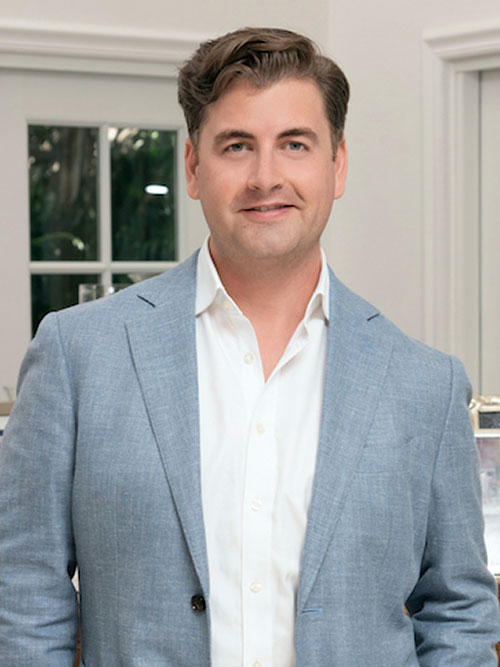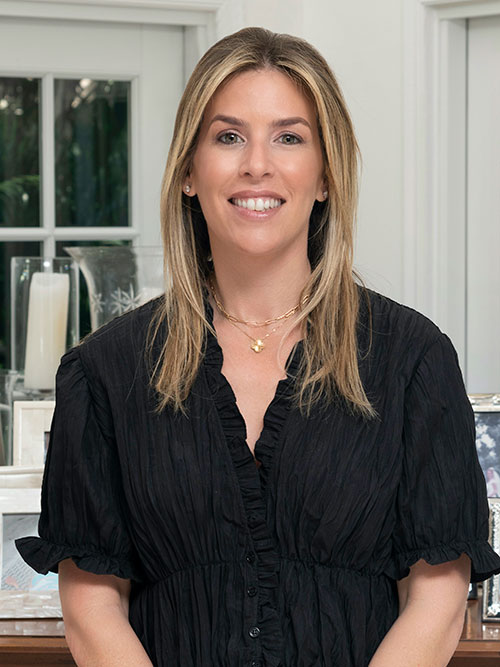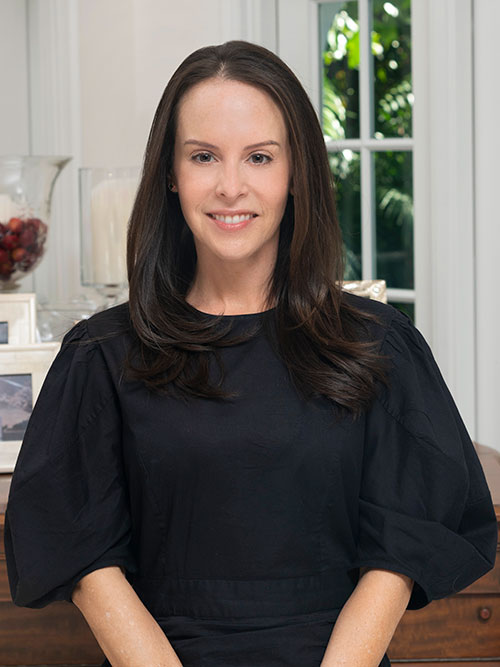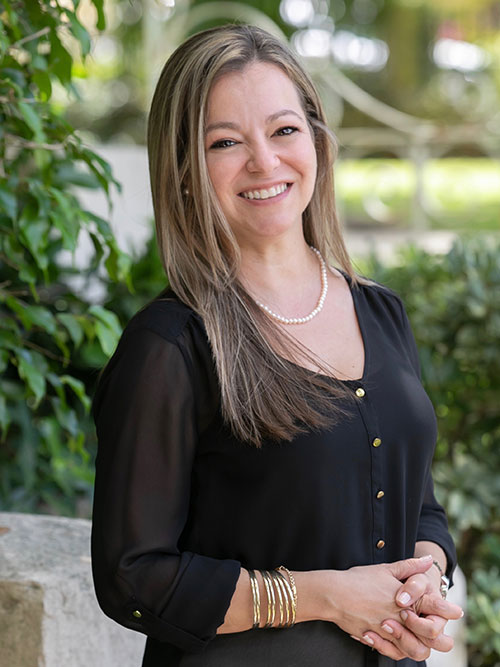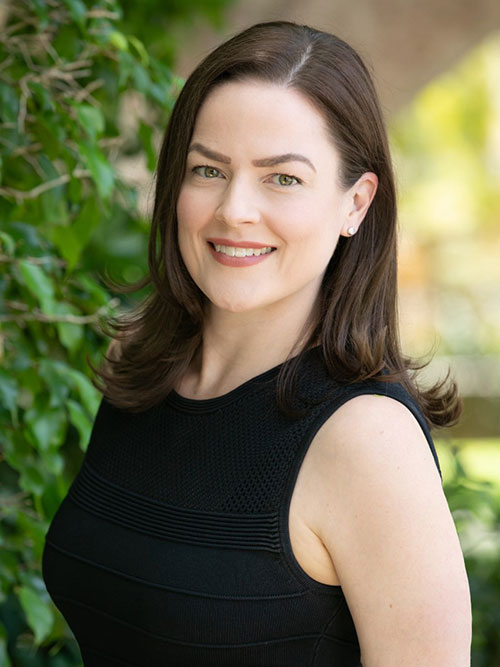

We have had an incredible challenge recently with appraisals. You might remember the post I wrote in April called “The A Word” – we were even having trouble with them back then! However, since that post was written, the rules for appraisals have changed, and the challenge has gotten even deeper.
There’s a new set of rules and regulations for appraisers that was put into effect on May 1st. The Wall Street Journal ran an article about it, written by James R. Hagerty & Ruth Simon, on June 9th. This will give you a good picture of what is going on nationally with appraisals:
Appraisals are becoming one of the biggest obstacles for Americans trying to sell their homes, refinance their mortgages or tap into home-equity credit lines.
During the housing boom, appraisers often complained of pressure from lenders to inflate home-value estimates to justify dubious mortgage lending. Now, some people in the mortgage business — and some borrowers — say the pendulum has swung too far the other way.
Patti Sanders, an aerospace engineer in Oakdale, Calif., knew prices were down sharply but said she was “flabbergasted” recently when her 3,100-square-foot Victorian home was appraised at $250,000, compared with $635,000 assayed two years earlier. The new estimate prompted a lender to reject her application for a refinancing that would have lowered her mortgage payments about $400 a month.
Lenders burned by huge losses from defaults now are pressing appraisers to be more conservative. And appraising itself is more difficult with home prices fluctuating rapidly and transactions few and far between in some markets; sale prices from a few months back may no longer reliably indicate the value of nearby homes.
“If history is no longer valid, then it is very difficult to get good and accurate values,” said Mark Rattermann, an appraisal trainer in Indianapolis.
John Rooney, an appraiser in Phoenix, said about half the recent appraisals he has done for people seeking to refinance have been too low to allow it. Applying to other lenders is likely to cost borrowers $350 or more for another appraisal.
Valuation disputes are also throwing a monkey wrench into some sales. Chris Rubis, a real-estate agent in Fairfield County, Conn., said one client recently accepted an offer of about $750,000 on a four-bedroom, four-bathroom home. But the appraisal, which was done by someone outside the local area, came in last week at $700,000. That might require the buyer to come up with more cash for a down payment.
“It’s opened a whole new door for negotiation,” Mr. Rubis said.
Credit lines are also vulnerable. J.P. Morgan Chase & Co. recently froze one customer’s home equity line of credit because, the bank said, his Manhattan apartment – a 2,650-square-foot three-bedroom, two-bathroom duplex with a terrace appraised at $1.475 million in 2005 – was worth just $600,000. Chase told the borrower, who asked not to be identified, that the lower credit line would remain in effect until a new appraisal could demonstrate the value was much higher than $600,000.
The borrower then paid for a new appraisal that pegged the property at $1.8 million.
“To protect borrowers and the bank, we use an automated appraisal system on our portfolio,” a Chase spokesman said. “The system has proven effective. However, we encourage customers who think that the valuation is too low to order an appraisal and we will reimburse them…if it supports their claim.” Chase will restore this borrower’s full credit line, he added.
In some cases, lenders are requiring that appraisals be based on sales closed within the past three months rather than the prior six-month norm, appraisers said. Some lenders are also asking for comparisons with at least one sale in the past 30 days.
Taking their cues from lenders, appraisers are avoiding any estimate that could be deemed excessive. “I don’t want to stick my neck out,” said Mr. Rooney, the Phoenix appraiser.
The situation became more complicated on May 1 when the appraisal industry adopted the Home Valuation Code of Conduct. These new rules apply to mortgages that will be owned or guaranteed by government-backed mortgage companies Fannie Mae and Freddie Mac, which recently have accounted for about two-thirds of all new home loans.
Fannie and Freddie agreed to the code last year after New York Attorney General Andrew Cuomo accused them of failing to ensure that appraisers were shielded from pressure to inflate their estimates.
The code bars loan officers, mortgage brokers or real-estate agents from any role in selecting appraisers. This has encouraged lenders to outsource the selection to appraisal-management companies, or AMCs, which take a sizable cut of the appraisal fee. As a result, appraisers are under pressure to “do it faster, do it cheaper,” said Bill Garber, a spokesman for the Appraisal Institute, a trade group.
Debbie Huber, a Las Vegas appraiser for 20 years, said she has turned down requests from AMCs that offer to pay 50% to 70% of her standard fee and require that the work be completed in as little as 48 hours.
Some appraisers said AMCs settle for appraisers who have little experience or live far from the homes they evaluate. John Simms of Peoria, Ariz., said he often gets assignments more than 100 miles away in neighborhoods he doesn’t know well.
The upshot, appraisers said, is less accuracy and certainty about a property’s actual value.
The code also permits lenders to own stakes in AMCs. That means lenders can profit from a service they require borrowers to buy – and that protects the lenders themselves.
Appraisal-management companies said they need a big cut of fees to cover their costs and ensure quality. Jeff Schurman, executive director of the Title/Appraisal Vendor Management Association, said AMCs typically take about 40% of the fees and appraisers get the rest. Mr. Schurman said he has seen no evidence that AMCs’ practices lead to lower quality.
While the new code is likely to prevent some abuses, it also removes flexibility. For instance, loan officers or mortgage brokers used to be allowed to discuss specific home values with appraisers, who sometimes would advise against ordering an appraisal if it seemed unlikely to be high enough to warrant a loan. That would save borrowers money.
The new regime also results in higher costs in at least some cases. Mitch Ohlbaum, a Los Angeles mortgage broker, said one client was recently charged $500 for an appraisal that would have cost about $300 before the code took effect.
Another source of frustration: If a borrower is happy with an appraisal ordered by one lender but decides to seek better loan terms from another, a new appraisal will likely be needed. The Mortgage Bankers Association said it is looking at ways to make appraisals more “portable” from one lender to another.
This national problem is exactly the same problem that we are facing locally in Miami. My fingers are crossed that we can get the scales back to a balance soon!



